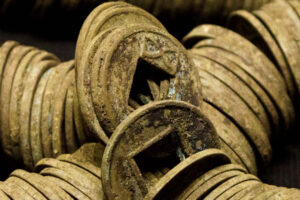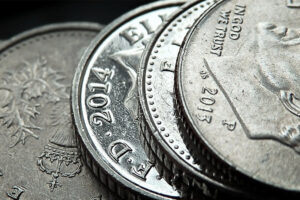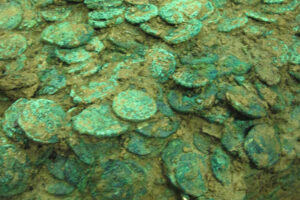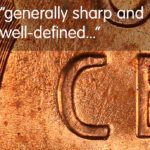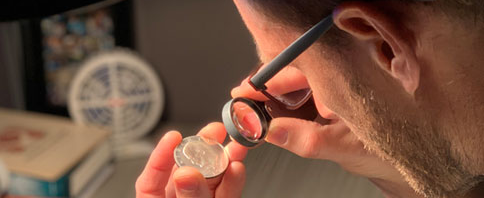Perfect example of an MS-64 Wheat Penny that has been graded accordingly. Read this page to learn more about what specifications are required to make the MS-64 graded. Based off the Sheldon grading scale.
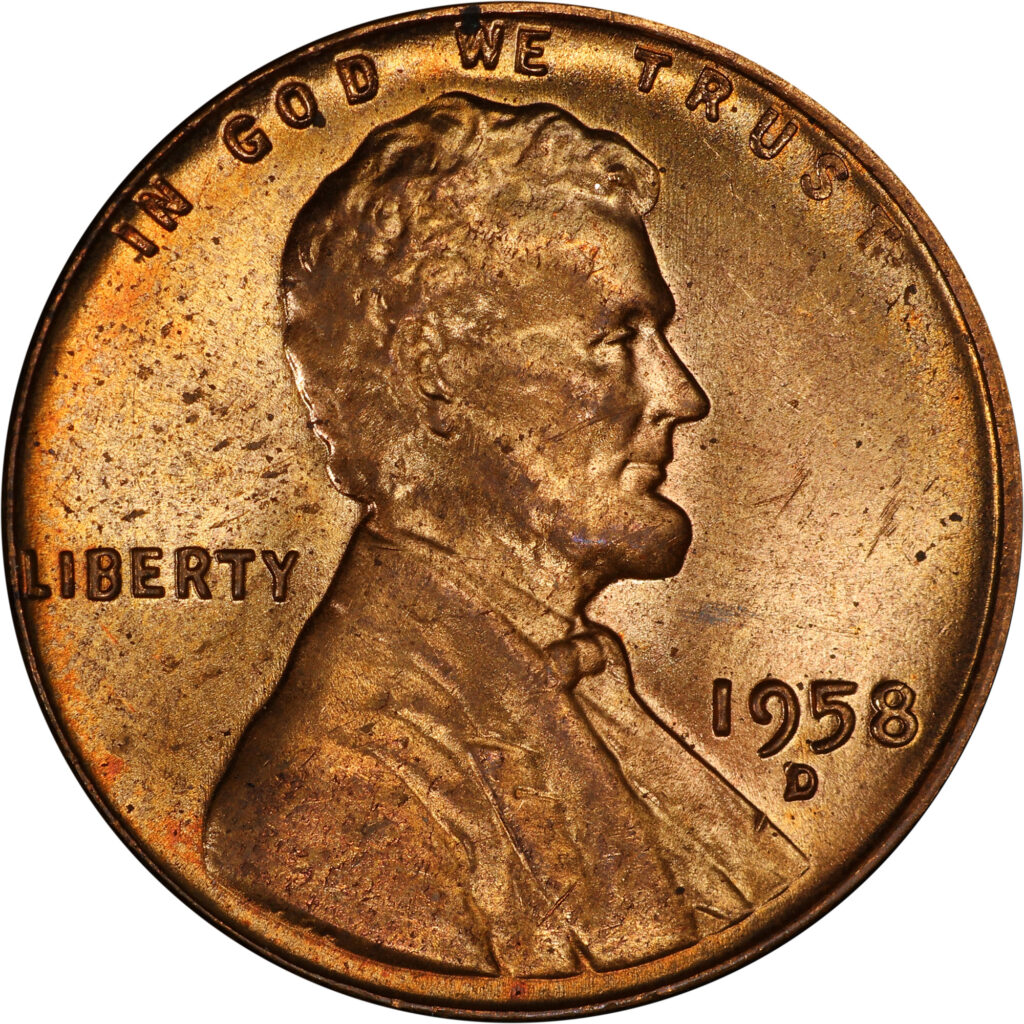

A penny graded MS-64, or Mint State 64, is a coin that falls within the Sheldon Coin Grading Scale, a system developed by Dr. William Sheldon in 1949. The scale ranges from 1 (Poor) to 70 (Perfect), with MS60 to MS70 representing uncirculated or “mint state” coins.
An MS64 condition penny exhibits the following characteristics:
- Uncirculated: The coin has not been in general circulation and, therefore, has not experienced wear from regular use.
- Original mint luster: The coin retains a majority of its original mint luster, giving it a desirable shine and appearance.
- Fewer contact marks: While the coin may have some contact marks or small scratches from contact with other coins, these imperfections are limited and not overly distracting. They may be more noticeable on the high points or in the open fields of the coin’s surface.
- No major blemishes: The coin does not have any significant blemishes, deep gouges, or heavy abrasions that would negatively impact its overall eye appeal.
- Adequate strike: The coin’s design elements, including the obverse and reverse, should be well-struck and well-defined. The MS-64 grade, however, may allow for some minor softness or weakness in the strike.
- Toning: An MS64 penny may exhibit some natural toning, which is a color change that occurs due to chemical reactions between the metal and its environment. This toning can range from light to dark and can be a mix of colors. In some cases, it might enhance the coin’s appeal, while in others, it may detract slightly from its visual attractiveness.
- Overall Presentation: An MS-64 graded penny is considered a choice uncirculated coin, meaning it is a quality example of a coin in its uncirculated state. While it may have some minor imperfections, these do not significantly impact the coin’s overall visual appeal or value.
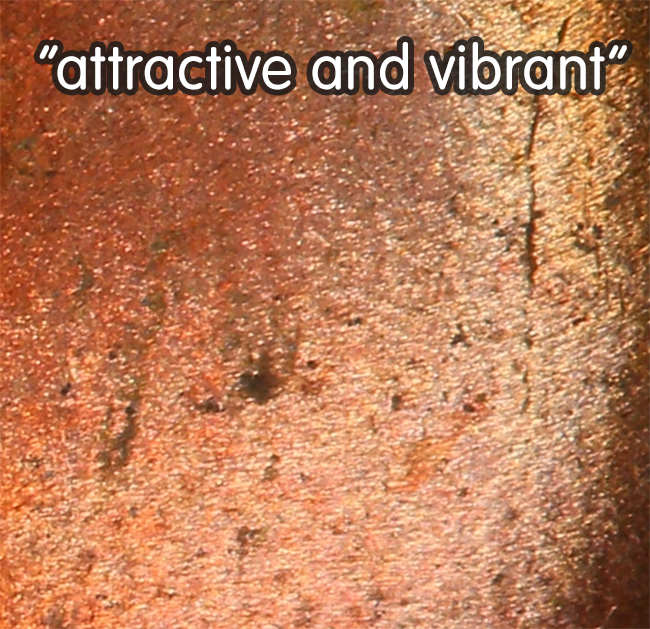
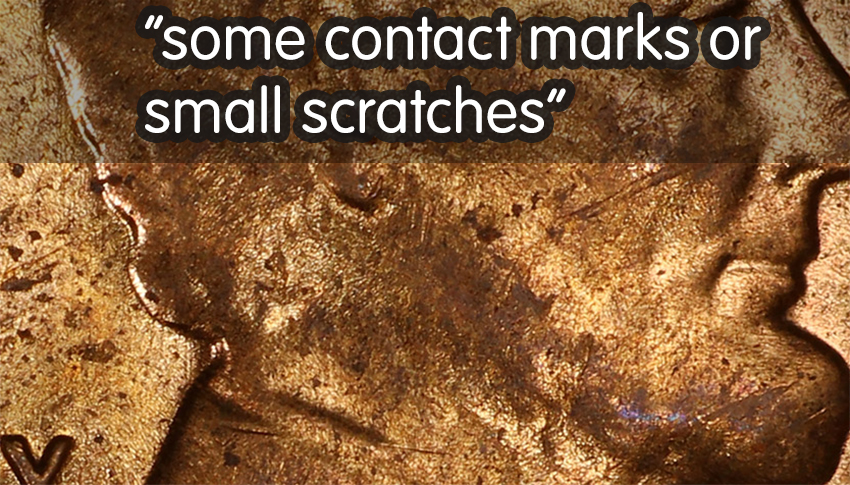
Grading A Wheat Cent Yourself

Grading a wheat penny involves examining its condition and assigning it a grade on the Sheldon Scale, which ranges from 1 to 70. Here are the steps required to grade a wheat penny:
- Clean the penny: Use a soft cloth to clean the penny gently. Do not use any harsh chemicals or abrasive materials, as they can damage the coin’s surface.
- Examine the coin: Look at both sides of the coin under a bright light and magnifying glass to check for any damage or wear. Some things to look for include scratches, nicks, dents, discoloration, and signs of corrosion.
- Determine the coin’s grade: Based on the coin’s condition, assign it a grade on the Sheldon Scale. Here is a breakdown of the scale:
- Poor (PO-1) – the coin is heavily worn and may be barely recognizable
- Fair (FR-2) – some details are visible, but the coin is heavily worn
- About Good (AG-3) – more details are visible, but the coin is still heavily worn
- Good (G-4 to G-6) – the coin has some details visible, but the high points are worn down
- Very Good (VG-8 to VG-10) – most of the details are visible, but the coin is still somewhat worn
- Fine (F-12 to F-15) – all details are visible, but the coin has some wear
- Very Fine (VF-20 to VF-30) – the coin has minor wear, but all details are clear
- Extremely Fine (EF-40 to EF-45) – the coin has light wear and all details are sharp
- About Uncirculated (AU-50 to AU-58) – the coin has slight wear, but still retains most of its original luster
- Uncirculated (MS-60 to MS-70) – the coin has no wear and retains its original luster
- Record the grade: Once you have determined the coin’s grade, record it for future reference.
Grading a wheat penny takes practice and experience, so it is important to be patient and thorough when examining the coin’s condition. It is also important to handle the coin with care, as even small scratches or fingerprints can affect its value.
Grading By A Third Party

Having a wheat penny graded by a third-party grading service involves the following steps:
- Choose a grading service: Research and choose a reputable third-party grading service. Examples include Professional Coin Grading Service (PCGS), Numismatic Guaranty Corporation (NGC), and Independent Coin Graders (ICG).
- Submit the coin: Fill out the submission form provided by the grading service and send the coin, along with the appropriate fee, to the grading service’s office. Most grading services allow you to submit coins in person or by mail.
- Wait for grading: The grading service will examine the coin using a standardized grading process and assign it a grade on the Sheldon Scale. This process typically takes a few weeks to a few months, depending on the grading service and level of service selected.
- Receive the graded coin: Once the coin has been graded, the grading service will return it to you along with a certificate of authenticity that includes the coin’s grade and other relevant information.
- Store or sell the coin: Once you have received the graded coin and certificate, you can choose to keep it in your collection or sell it based on its grade and market value.
Submitting a coin to a third-party grading service can be a good way to ensure that the coin is accurately graded and to increase its value for potential buyers. However, it is important to choose a reputable grading service and to be aware of the associated fees and wait times.


